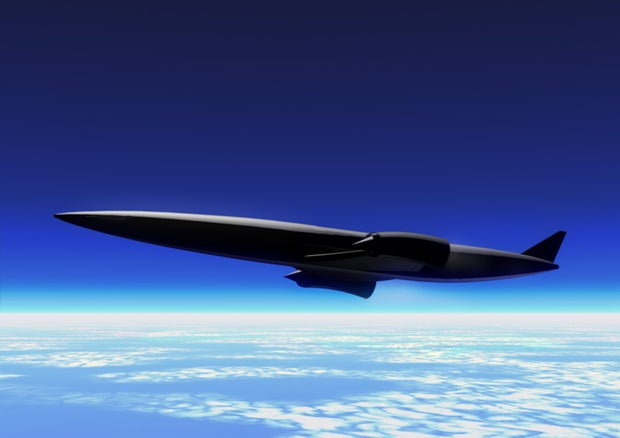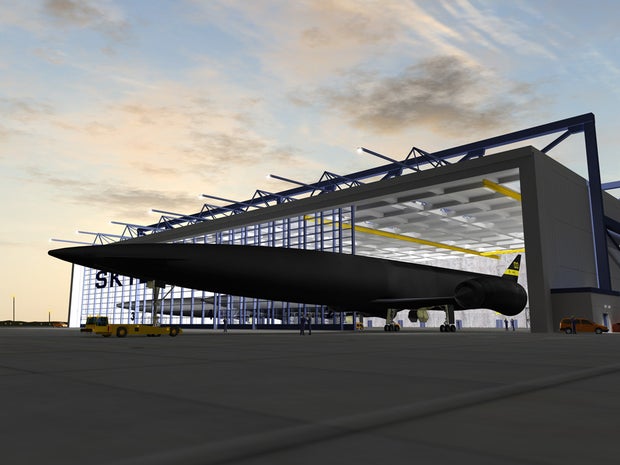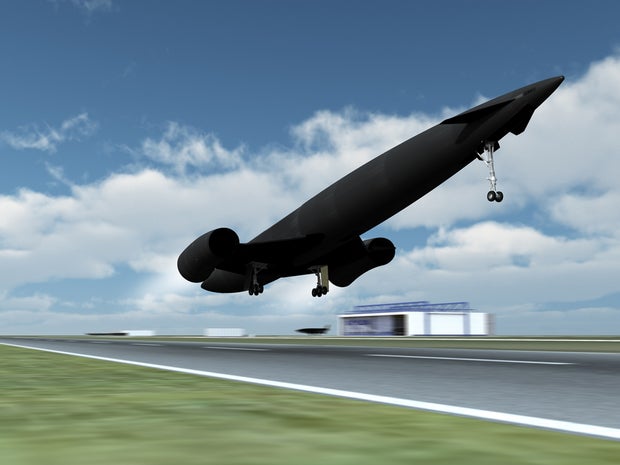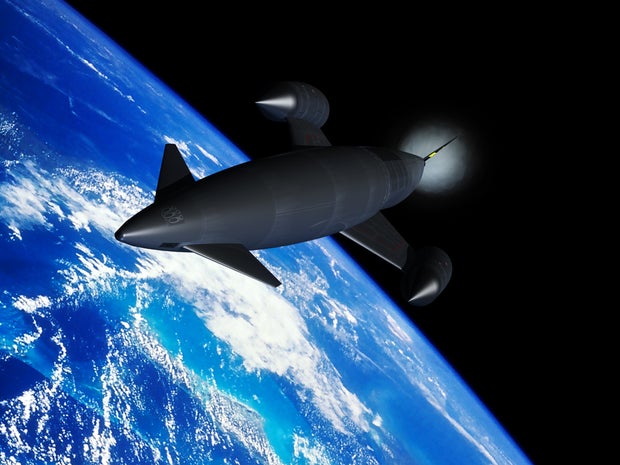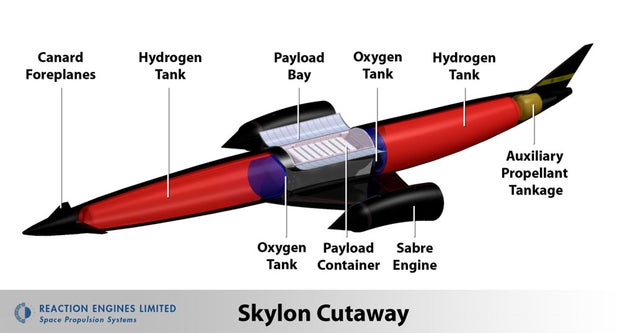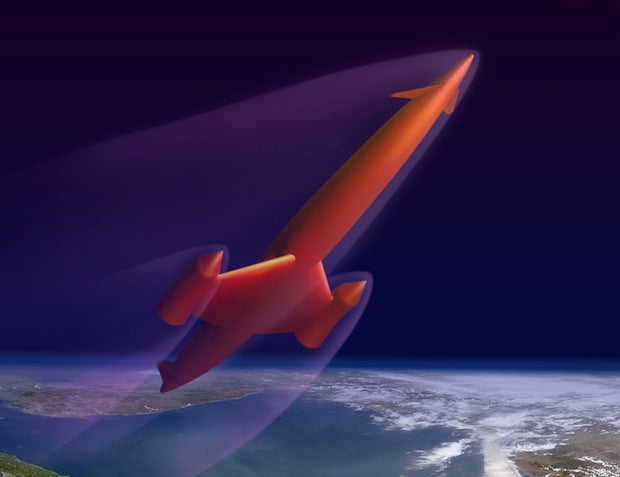Space plane of tomorrow
Following a series of meetings in September 2010 at the International Space Innovation Center in Harwell, U.K., to look at the feasibility of a Reaction Engines design for a new generation of space-flight vehicle, the European Space Agency recently approved the Skylon vehicle and the SABRE (Synergistic Air-Breathing Rocket Engine) engine design for initial prototype development.
The meeting at which approval was given brought together nearly a hundred experts from Europe, Russia, the U.S., South Korea, and Japan to examine the technical and economic prospects for the new hybrid Air-Breathing-and-Rocket-Propulsion technology for future space planes.
The premise of the propulsion system is to develop a single-stage, fully reusable launch vehicle with short turnaround time and a flexible design capable of varied mission operations, including human transportation, cargo payload, and scientific missions.
According to Reaction Engines Limited, delivering payloads into orbit could drop from $15,000 per kilo to less than $1,000--vastly reducing the price of delivering payloads, such as telecommunications satellites, into orbit.
Single stage to orbit (SSTO)
The vehicle has a gross take off weight of 275 tons, of which 220 tons are propellant, and is capable of placing 12 tons into an equatorial low Earth orbit. Additionally, the vehicle is capable of takeoff and landing on conventional runways, making it useable within existing flight infrastructures.
Skylon design
The hot air will be cooled prior to being compressed and burnt with hydrogen by a unique system--a precooling heat-exchanger that will instantly cool the gases entering the intake to minus 130 Celsius.
Accelerating to Mach 5.4 before switching to the internal liquid oxygen
Reaction Engines Limited says the Skylon vehicle program is commercially viable, able to operate at profit and without subsidies while repaying development and production costs and with a lower price to orbit ratio than standard Expendable Launch Vehicle (ELV) launching systems.
Transition from air breathing to rocket mode
Ability for a quick turnaround
Skylon is being designed to achieve goals of more than 200 flights per vehicle over its lifetime and with a remarkable two day turnaround from landing to the next launch.
Because time spent in the hangar for maintenance and preflight launch preparations affects the frequency of flights and cuts into launch time, a short turnaround time means more flights and increased economic efficiency.
The fuselage of Skylon is expected to be a carbon fiber composite
Skylon re-entry
Reaction Engines Limited is in a position to revolutionize commercial space flight
Many years of research and development are still needed in order to achieve flight, but with the backing of initial private investment, and the green light for continued development by regulatory commissions, Reaction Engines Limited is in a position to revolutionize commercial space flight.
